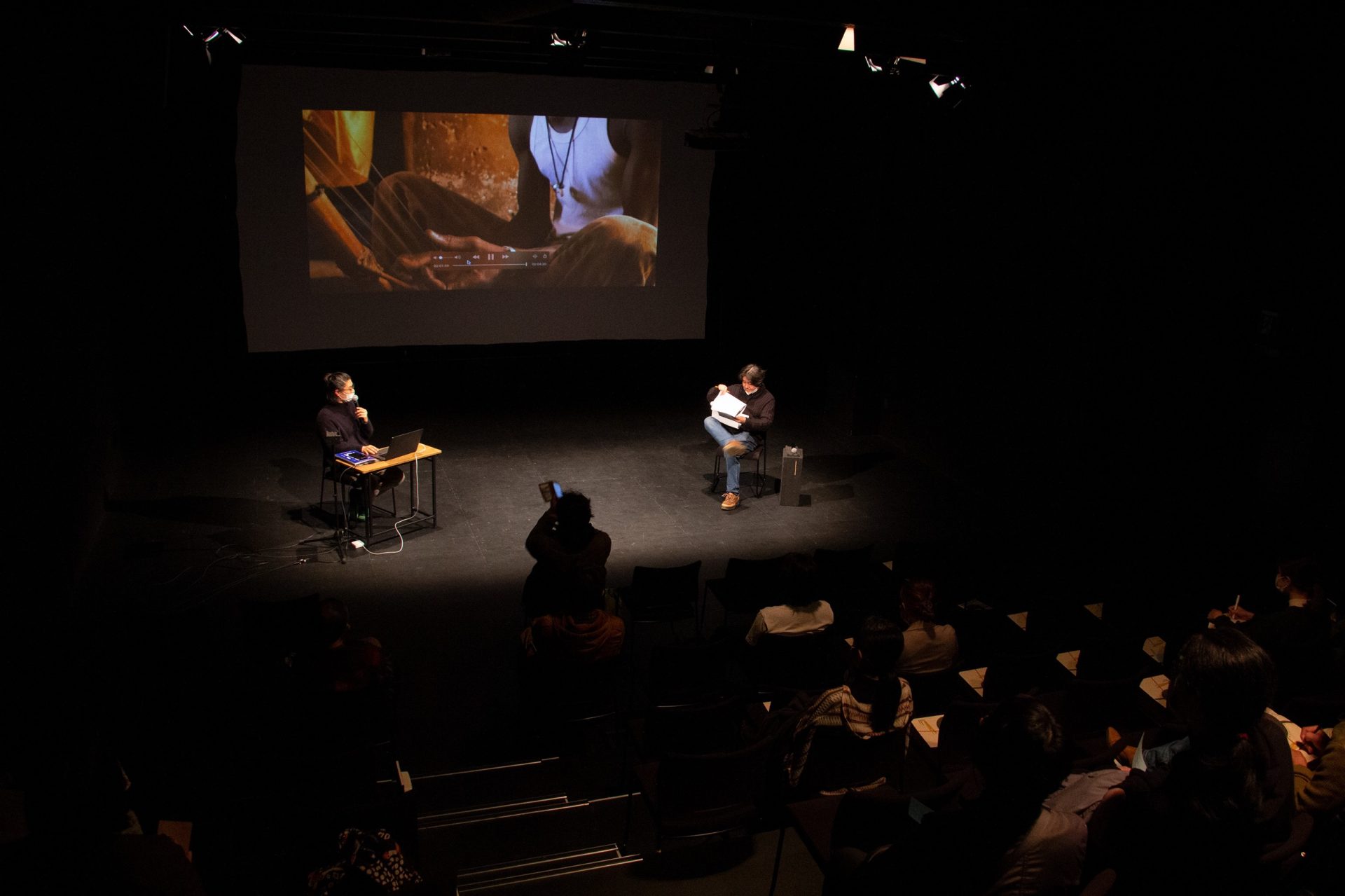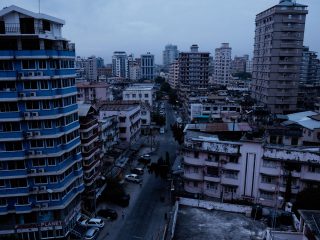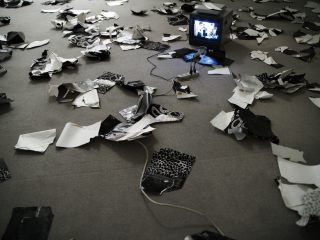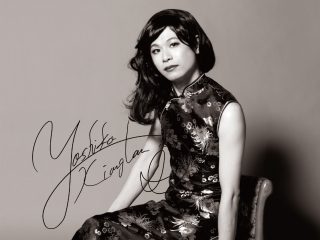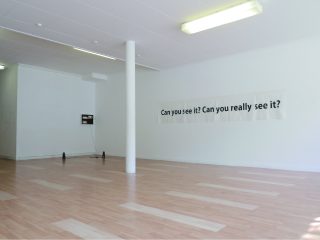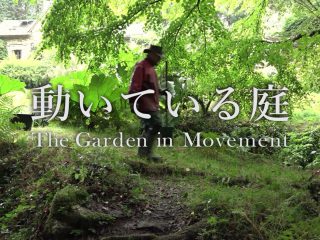1.「移動する人生」において宙吊りにされる主体性
僕は幼少の頃から父親の転勤で移動が多く、いわゆる郊外の国道沿いのマンションのようなところで暮らしてきた。そのためか、どこに行ってもよそ者や根無し草のような感覚が拭えない。大人になってからも、特段意識的に移動しようと思ってきたわけではないのだが、特定の地に留まる理由も特になかったので、人生このかた移動に移動を重ねてきた。[…]
2. 主体性の消去と芸術の自律の不可能性
まず、主体性をテーマに据えた作品に、2008年に株式会社インターナカツが主催する公募展「ジーンズファクトリーアートアワード」で発表された映像インスタレーション《日常としての表象+作品後[1]》がある。この作品を端的に言い表すならば、「積極的に主体性を消去」しようとしたものである。展示空間には、「ゴミ」のような紙の残骸が散らばっていて、映像モニターがポツンと中央に1台置いてある(図1-1, 図1-2)。《作品後》と名付けられたその映像作品には、小汚いアパートの一室で、ビリビリに破かれた紙の切れ端を棺桶のような箱の中に片付けている作家自身の姿が映っている(図1-3)。[…]
3. 他者への同化
積極的な「主体性の消失」の後に僕が試みたのは、「他者への同化」であった。その代表的な作品として、2012年にGALLERY TERRA TOKYO(東京)で開催された個展「さかいにはさま、る しんこうけい」(図3-1, 図3-2)で発表した映像作品《よしことしゃんらんがわたし[1]》と《ときのきせき[2]》の2つがある。[…]
4. 移動すること、主題よりも周縁、そして声
もう1つ関連する僕の過去作品として、スイスのシエールにあるギャラリーMAXXX – Project Spaceで2015年に発表した展覧会「Linguistic Montage[1]」(図1-11)がある。この展覧会は、2015年に同地にあるアーティスト・イン・レジデンスVilla Ruffieuxで約2ヶ月滞在制作を行なった成果である。シエールで晩年を過ごしたオーストリアの詩人ライナー・マリア・リルケ(1875-1926)の『マルテの手記[2]』からインスピレーションを得て制作された作品を展示した。[…]
5. できるだけあわせて、なるべく逆らわない
もう1つ関連する僕の過去作品として、スイスのシエールにあるギャラリーMAXXX – Project Spaceで2015年に発表した展覧会「Linguistic Montage[1]」(図1-11)がある。この展覧会は、2015年に同地にあるアーティスト・イン・レジデンスVilla Ruffieuxで約2ヶ月滞在制作を行なった成果である。シエールで晩年を過ごしたオーストリアの詩人ライナー・マリア・リルケ(1875-1926)の『マルテの手記[2]』からインスピレーションを得て制作された作品を展示した。[…]
